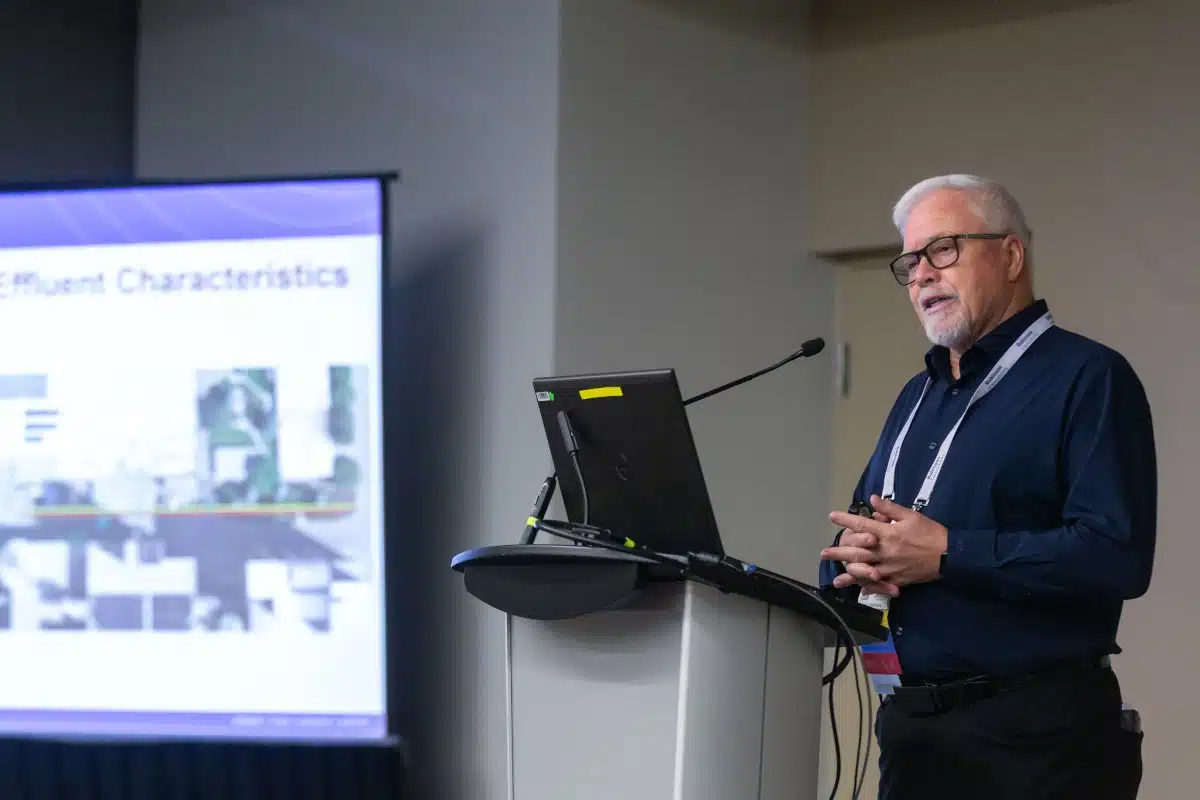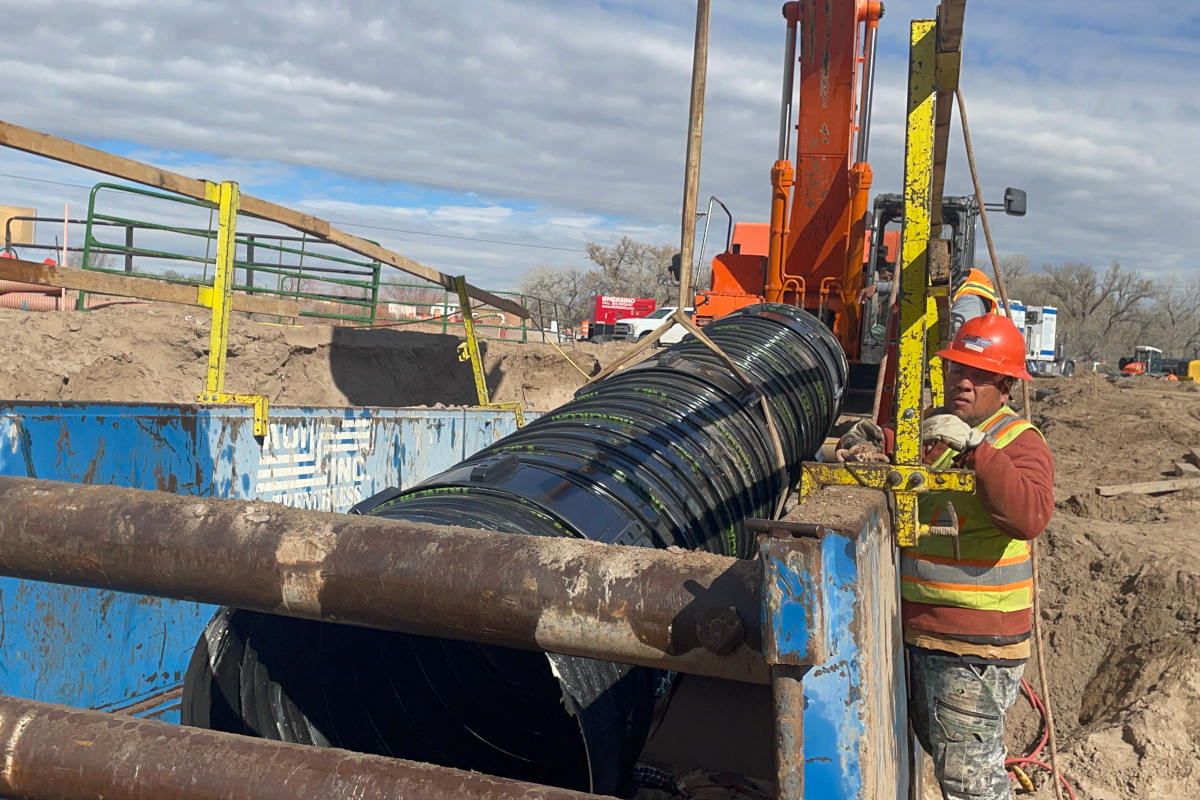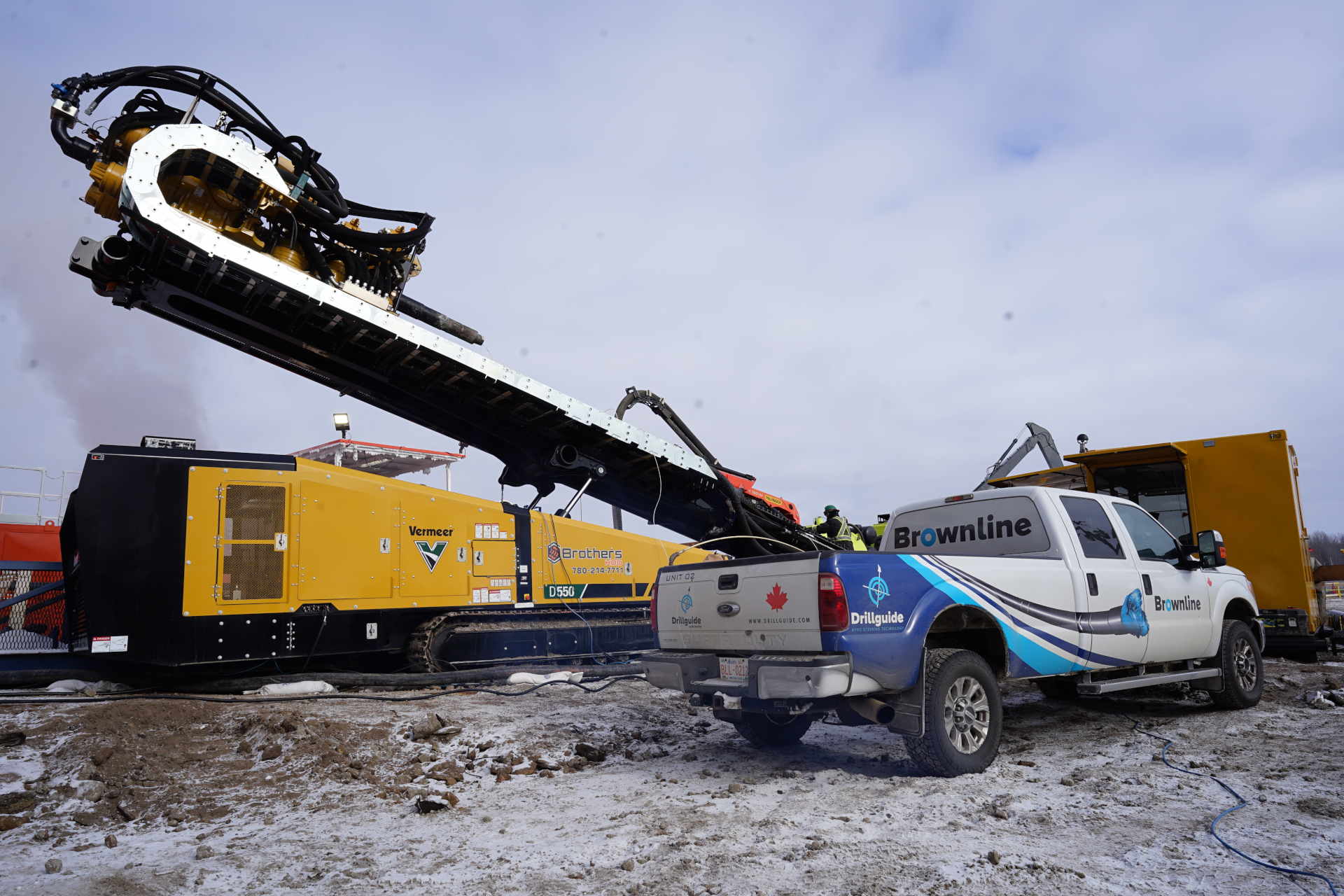Critical Pipeline Failure Leads to Proactive Condition Assessment Approach for Canadian Water Utility
March 9, 2012
 The failure of a critical water main oftentimes inspires adaptation of a proactive condition assessment program to monitor the line to avoid future interruption of service to customers. The City of Ottawa, Ontario, Canada, had encountered this issue before and opted for collaborative effort to assess the pipeline of concern.
The failure of a critical water main oftentimes inspires adaptation of a proactive condition assessment program to monitor the line to avoid future interruption of service to customers. The City of Ottawa, Ontario, Canada, had encountered this issue before and opted for collaborative effort to assess the pipeline of concern. The Woodroffe Avenue Transmission Main in Ottawa, experienced a major failure in January 2011, which opened a large hole across three traffic lanes, causing major traffic disruptions. The 1,200-mm (48-in.) pipeline runs under a major four-lane roadway in the west end of the city and supplies water to roughly 80,000 people in the area. This was the second failure of the 48-in. prestressed concrete cylinder pipe (PCCP); the first failure occurred in 2007 in a different portion of the line downstream.
The City of Ottawa, Pure Technologies and Robinson Consultants of Kanata, Ontario, collaborated to develop a plan of action, which allowed this critical pipeline to be put back in service in May 2011. The first step as part of the condition assessment program was to undertake an internal manned visual inspection of the failed section, as well as a significant length of upstream and downstream sections of the main while the pipeline was out of service. Manned inspections are a reliable method of detecting which pipes are in an advanced state of distress. This involved a Pure Technologies field team internally traversing the pipe to visually point out where the rupture had occurred on the main.
Following the internal visual inspection, an electromagnetic inspection using the PureRobotics device found that 4.7 percent (41 out of 865) of the inspected pipes were distressed. PureRobotics modular robotic pipeline inspection systems are remotely-operated tracked vehicles tethered by a fiber-optic cable that can be configured to inspect any pipe application of 12 in. and larger. The tool is capable of performing multi-sensor inspections in dry pipe or while submerged; in the case of the Woodroffe main, the unit was deployed in the dewatered line. The high-definition digital pan-tilt-zoom closed circuit television (CCTV) produced footage the client was able to utilize as part of its analysis of the pipeline by monitoring closely the location of valves and joints as the tool traversed the line.
The analysis provided a rating condition for each pipe segment. Electromagnetic inspection is a condition-based asset management technique that detects and quantifies the number of broken prestressing wires along the length and around the circumference of PCCP. Electromagnetic inspections detect electromagnetic anomalies or differences in the expected induced field from a PCCP. To identify a pipe with wire breaks, the data is reviewed for anomalies that are consistent with those caused by breaks in the prestressing wire of PCCP. The analysis also showed that the pipe that failed and the adjacent pipe were experiencing chloride induced corrosion of the prestressing wires and steel cylinder. Once the Woodroffe Avenue pipeline was repaired with a substantial section being replaced, a SoundPrint AFO monitoring system was installed along 5 km of the Woodroffe main to monitor both the old sections and newly replaced pipes in near real-time. SoundPrint AFO is a patented acoustic fiber-optic monitoring system for structural monitoring and leak detection in water and wastewater prestressed concrete cylinder pipes.
This system uses an optical fiber cable installed inside the pipeline acting as a distributed acoustic sensor. Up to 40 km of pipeline can be monitored with a single optical processing and data acquisition system. The cable can be installed when the pipeline is empty, or, in certain circumstances, when the pipeline is operational.
The Woodroffe transmission main was installed in 1975-76. According to the Ontario Ministry of the Environment Asset Renewal Guidelines, the lifespan of this pipe and others in that age range is 50 to 100 years. After the results from the condition assessment program determined that several areas of the pipeline were in critical distress with a high risk of eminent failure, the City determined that the main failed well before its expected lifespan as described by the Ministry of Environment and could not be re-commissioned without high risk of another pipe failure.
 The City’s ability to supply water to this area was greatly limited by the premature deterioration and failure of the Woodroffe main, which normally supplies nearly all drinking water to the surrounding areas. During the recent repair period, the impacted areas were served by a much smaller backup system. The back-up system was only able to deliver 10 percent of the normal water volume the City usually delivered to the area. As such, the City had to implement an outdoor water ban in April that affected roughly 80,000 residents and remained in place until the pipeline was put back into place in May. The City had to create a contingency plan in case the water use exceeded supply as serious impacts could have occurred such as potential contamination of the water supply, depressurization of the system, loss of supply and difficulties in supplying fire protection.
The City’s ability to supply water to this area was greatly limited by the premature deterioration and failure of the Woodroffe main, which normally supplies nearly all drinking water to the surrounding areas. During the recent repair period, the impacted areas were served by a much smaller backup system. The back-up system was only able to deliver 10 percent of the normal water volume the City usually delivered to the area. As such, the City had to implement an outdoor water ban in April that affected roughly 80,000 residents and remained in place until the pipeline was put back into place in May. The City had to create a contingency plan in case the water use exceeded supply as serious impacts could have occurred such as potential contamination of the water supply, depressurization of the system, loss of supply and difficulties in supplying fire protection. “Using emerging technologies in order to better understand the condition of critical pipelines allows us to better manage our aging infrastructure, said Shelley McDonald, program manager of water distribution for the City of Ottawa. Being able to obtain near real-time data and notification on any wire break activity via the Soundprint AFO monitoring system enables us to potentially avoid another catastrophic failure.”
Pure Technologies’ SoundPrint AFO system has been used in both short- and long-term monitoring programs. The major advantage of acoustic monitoring over other methods is the availability of real-time information on the deterioration rate of the pipe. The system is remarkably accurate at locating and quantifying wire breaks. Acoustic monitoring has been able to identify pipe sections with high rates of wire failures that have been subsequently found to be severely distressed and in need of repair or replacement.
Lauren Rutherford is with Pure Technologies.




